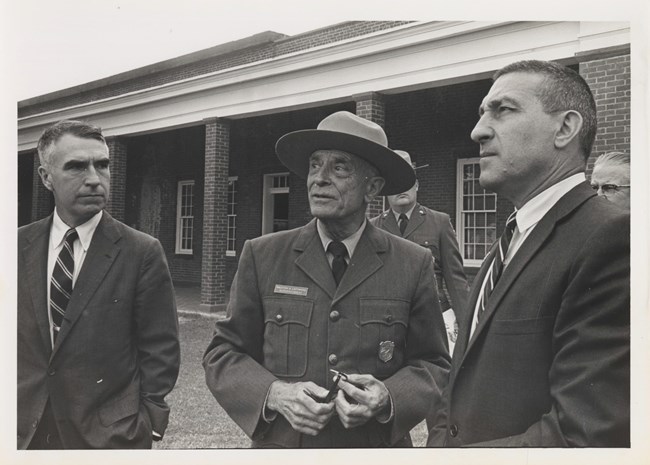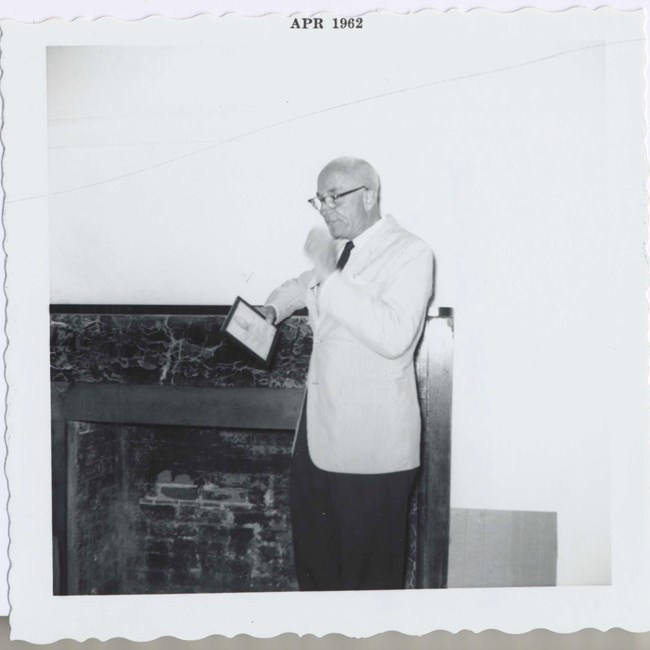
FOPU Archives Lattimore engaged in several different relationships with local Savannah groups interested in Fort Pulaski’s history. He developed an important relationship with the Savannah Chapter of the Daughters of the Confederacy. On several occasions throughout the 1930s he presented the history of Fort Pulaski to the UDC, focusing on the Confederate soldiers stationed at the fort during the Civil War. In 1935, Lattimore gave permission to the UDC to hold the Georgia annual convention at Fort Pulaski. During the weekend convention, the UDC raised the Confederate battle flag for the first time in the fort’s history. In 1936, Lattimore became the interim superintendent. He established the interpretative program for the national monument, authorized the erection of the plague in the northwest corner of the fort honoring two Confederate soldiers, outlined the supervised tour that led visitors throughout the fort, and created a museum plan for the fort. Following the end of his position of interim superintendent in 1938, he went to Richmond, Virginia and attended the Union Theological Seminary. As Fort Pulaski closed its doors to the public in 1942, Lattimore graduated from the seminary, married Mildred Crow and enlisted in the United States Army during World War II. 
FOPU Archives Lattimore returned to the national monument in 1948 after his military service and became the new superintendent at the fort. He continued his relationship with the UDC and focused the interpretations of Fort Pulaski on the Confederate soldiers stationed during the bombardment and gave special programs for UDC members. During the 1950s he wrote Fort Pulaski National Monument, Georgia. The book was short history of Fort Pulaski and the events which transpired before, during, and after the Civil War. He also was able to gain the Cockspur Island Lighthouse in 1959 after over twenty-five years of petitioning the federal government for its jurisdiction. Lattimore organized and oversaw the hundred-year anniversaries of Confederate capture of the fort in 1861, and the bombardment of the fort in 1862. For both events he gave speeches addressing the history of Fort Pulaski. He oversaw the construction of museum cases within the fort and assisted in the process of developing the visitor center which was constructed in 1964. Lattimore retired from his position as superintendent on October 31st, 1969, with over three decades of service to Fort Pulaski. In February 1970, Lattimore passed away leaving his wife Mildred and daughter Mary behind. He is buried in Savannah’s Bonaventure cemetery. |
Last updated: April 18, 2023
